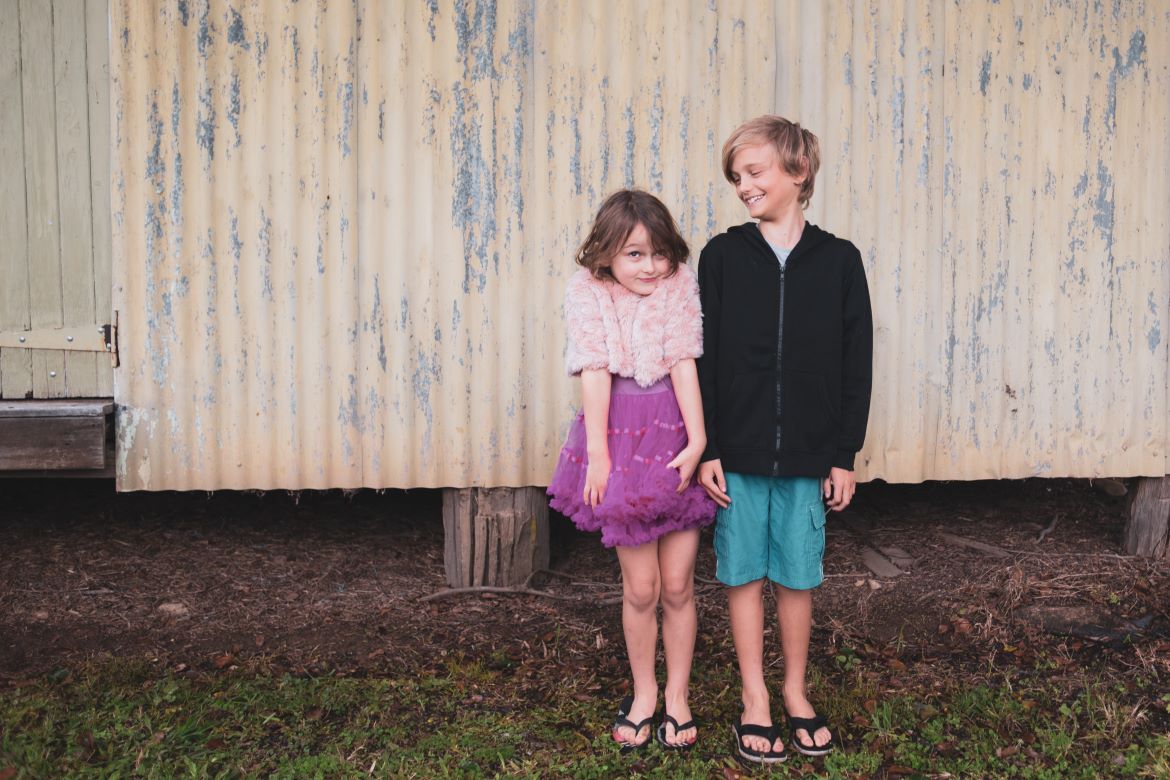By Dr. Laura Markham
“Dr. Laura – Could you write about transitioning to positive discipline for parents of older kids? If I start Peaceful Parenting now with my kids 12 and 9, will it still help? How do I all of a sudden “remove” punishment? My 9-year-old always says ‘Oh now I guess I am grounded.’ How do I change his thinking?”
This should be easy, right? You just stop punishing, and your children are so grateful, they begin to act like perfect angels.
I wish. The older your child, the more challenging it can be to transition to peaceful parenting. Your child has already come to understand the world through a certain lens. He thinks the only reason to “behave” is that otherwise he’ll be punished by losing a privilege — for instance, being grounded.
So the first thing to know about transitioning to peaceful parenting is that you don’t just “remove punishment.” You start by strengthening your relationship with your child, so your child respects you and WANTS to follow your rules.
What’s the “bank balance” in your “relationship account” with your child? You need at least five positive interactions to every negative interaction to maintain an account that isn’t in the red. You need a surplus if you want your child to follow your lead and be open to your influence. (You don’t build a positive balance in your relationship by buying your child things or letting him stay up late. You build it by listening and understanding, even while you set clear limits.)
Then, consider how to teach the lessons you want your child to learn. Grounding your child, removing privileges, or punishing with extra chores — all of these approaches are meant to “teach a lesson.”
But research (and common sense) tells us that punishment creates resentment and power struggles. Kids get preoccupied with the unfairness of the punishment, instead of feeling remorse for what they did wrong and making a plan for change.
Punishment ends up eroding your relationship with your child, which ultimately lessens your influence and makes them LESS likely to want to follow your lead.
There’s a better way to teach the lessons you want your child to remember.
The lessons you want to teach, I assume, are:
- Our actions have an impact on the world.
- We can always choose our own actions and we are responsible for them.
- Everyone makes mistakes. When we make a mistake, it is our job to repair things.
- Cleaning up messes is usually harder than making a more responsible choice to begin with. Some things we can’t undo; we can only try to make amends.
- It takes courage to do the right thing. But when we make responsible, considerate choices, we become the kind of person we admire, and we feel good about ourselves.
Right?
Kids don’t learn these lessons by being punished. They learn them when we help them reflect on the result of their actions. What was the cost, to them and to others? We also need to consistently support our children to make repairs when they mess up.
Like most humans, children can’t sincerely acknowledge mistakes and initiate repair when they’re on the defensive. So if we want our kids to make a better choice next time, we need to get better at talking with them — and listening — as well as giving them support so they can meet our expectations.
1. First move yourself from anger into empathy.
Once your child knows you’re on his side, he feels safe to engage with you. Without that sense of safety, your child’s heart is hardened to you — because he expects judgment and punishment — and you have no influence at all. So just tell him you need some time to think, and get calm before you talk about what happened. (For more on managing your own anger.)
2. Start the conversation with a warm connection.
Children of any age, including teenagers, respond to that connection by being more open to your guidance. If your child is worried about you getting upset at her, she’ll move into “fight, flight or freeze” and learning will shut down. She’s also more likely to lie. The only way to actually “teach a lesson” is to create a safe conversation. To do that, remember that your child has a reason for what she did. You may not consider it a good reason, but to her it’s a reason. If you don’t find out her reason, you can’t prevent a recurrence.
3. Tell your child you want to hear his thoughts about what happened.
Then let him talk. Reflect to clarify (and demonstrate) your understanding:
- “I see… so the guys really wanted you to play basketball, and it was at the same time as the study session for the test? That’s a hard choice.”
- “So you and your sister were really furious at each other… you were so hurt when she…. I would have been mad too, if someone said that to me….. and you really wanted to get back at her, huh?”
4. Keep your focus on connecting with your child and seeing the situation from his point of view.
This helps you, and him, understand what motivated him. This gives him an opportunity to work through the feeling or the need that drove his behaviour.
Kids always know what the right choice was, but something got in their way. What was it? How can he learn to listen to his own better judgment?
For instance, let’s say he played basketball with his friends instead of going to the study session, and then failed his test. You might find as you talk with him that he has a lot of anxiety about being accepted by the guys and felt he had to play basketball to be one of the gang. This social anxiety may be something he actually needs your help to sort out and problem-solve about, and once he does he’ll be a lot more ready to focus on schoolwork.
But by simply punishing him, you would never have even known about it. You would have lost the opportunity to help him address his problem and find a good solution for next time. In fact, since punishment doesn’t help him resolve his conflict, he might very well do the same thing next time, but invent some story to cover himself.











